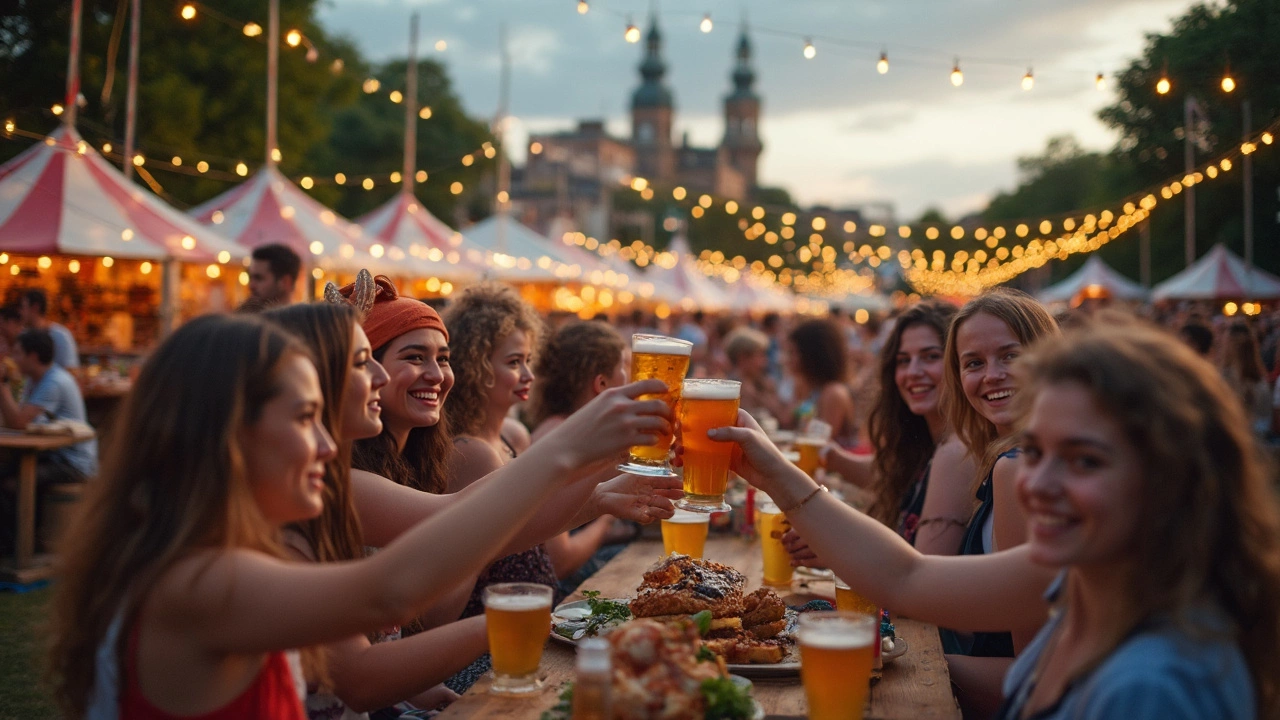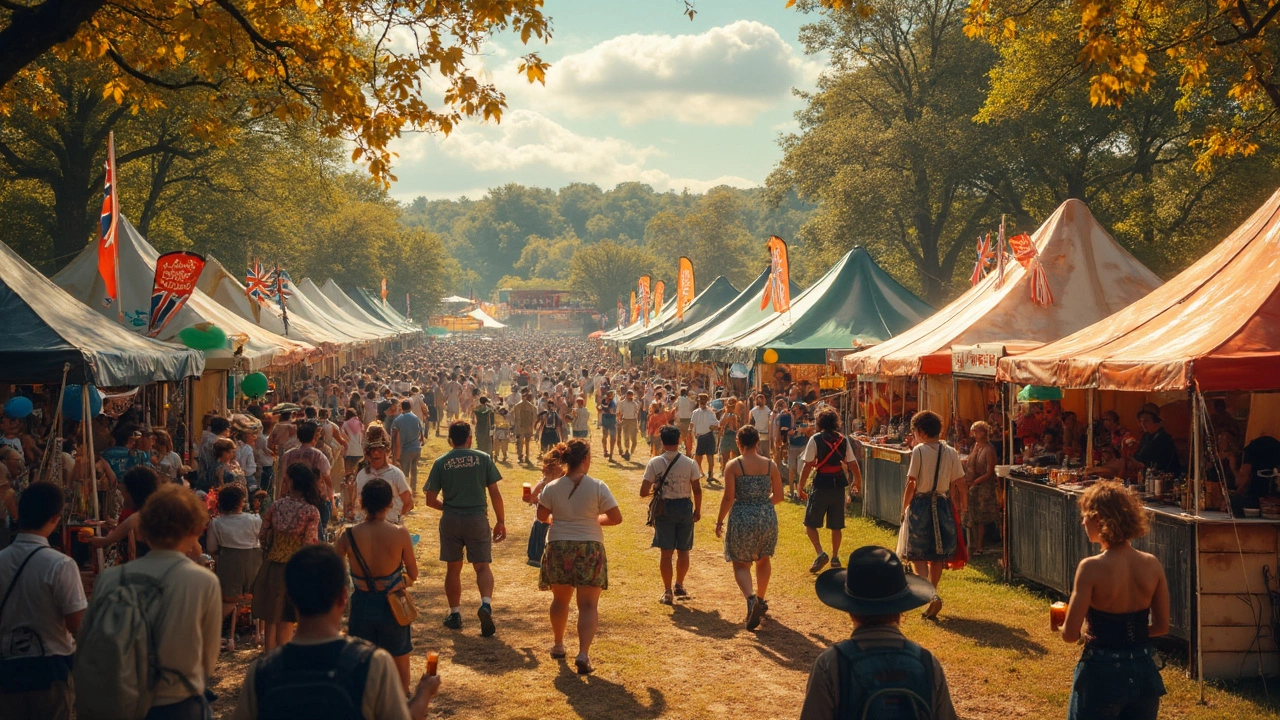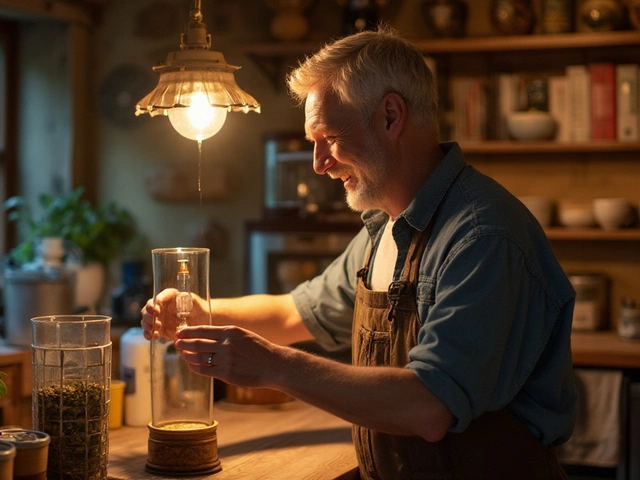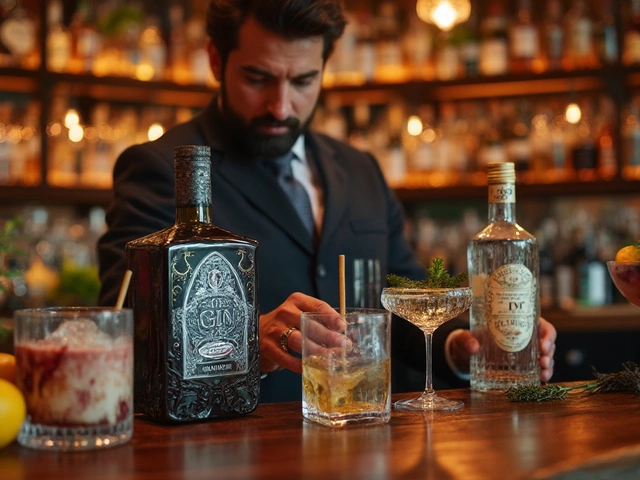Beer Culture – Why It Matters to Every Drink Lover
Beer isn’t just a drink; it’s a social glue that’s been around for thousands of years. Whether you’re at a backyard BBQ or a downtown taproom, the way people talk about, serve, and enjoy beer says a lot about their community. This guide breaks down the basics so you can join the conversation, try new styles, and feel confident ordering a pint.
The Roots of Beer Culture
Ancient societies brewed barley, wheat or rice long before the word “beer” existed. In Mesopotamia, workers got a daily ration of fermented grain to keep morale up. Fast‑forward to medieval Europe, where monks refined brewing techniques and turned ale into a regional specialty. Those old traditions still show up today in local festivals, folk songs, and the pride people feel about their hometown brew.
Every region has its own story. In Belgium, lambic beers rely on wild yeast that lives in the air, while German lagers follow the Reinheitsgebot – a 1516 law that limited ingredients to water, hops, barley and yeast. Knowing a bit of history helps you appreciate why a Czech pilsner tastes crisp or why a stout feels rich.
Modern Beer Trends & Tasting Tips
The craft boom of the last two decades turned beer into an art form. Small breweries experiment with hops, fruits, spices, and barrel aging, creating flavors that range from citrusy to coffee‑dark. When you walk into a taproom, you’ll often see a “flight” – a set of small pours that lets you compare styles side by side. That’s the easiest way to train your palate.
Start with a simple tasting routine: look, smell, sip, think. Hold the glass up to light, note the color, then give it a quick swirl to release aromas. Take a small sip, let it coat your tongue, and notice bitterness, sweetness, or any funky notes. Jot down what you like – maybe you’re drawn to hop-forward IPAs or smooth amber ales.
Pairing beer with food is easier than you think. A light lager works well with spicy tacos, while a malty brown ale complements roasted chicken. The rule of thumb: match intensity. Light beers go with light dishes, bold beers with bold flavors.
Beer culture also lives online. Social media groups, rating apps, and YouTube channels let you share discoveries and learn from others. Don’t be shy to ask the bartender for a recommendation – they love talking about what they pour.
Bottom line: beer culture is about community, curiosity, and a bit of adventure. By knowing a few history facts, trying a tasting flight, and pairing brews with food, you’ll feel right at home wherever the next pint lands.
This article explores which country truly has the biggest beer culture, focusing on iconic beer festivals around the world. It digs into the traditions, crazy parties, and local favorites that make each country stand out. You'll get surprising facts, see how locals celebrate, and get tips if you're thinking about joining the fun yourself. Each section breaks down the unique experience in a different corner of the globe. Perfect for anyone curious about global beer traditions or looking to plan their next festival trip.
View DetailsExplore the vibrant world of beer festivals to discover the beer that claims the throne as the king. This article delves into the diverse offerings, energetic atmospheres, and surprising insights these gatherings provide about global beer culture. Whether it's the unique brews or the lively competitions, beer festivals are crucial for any beer enthusiast. Learn what makes these events special and why certain beers stand out among the rest. Perfect for those keen to find the real champ in the beer realm.
View Details


